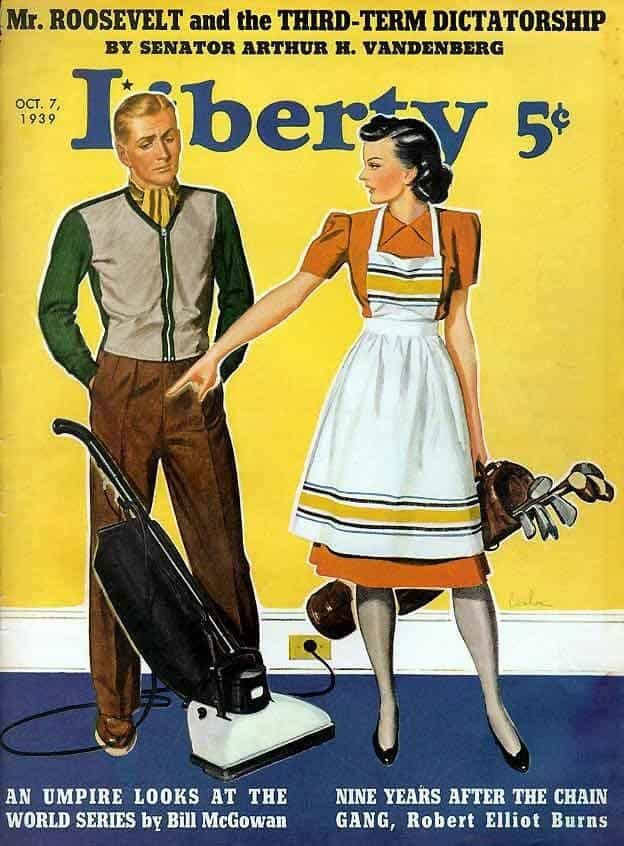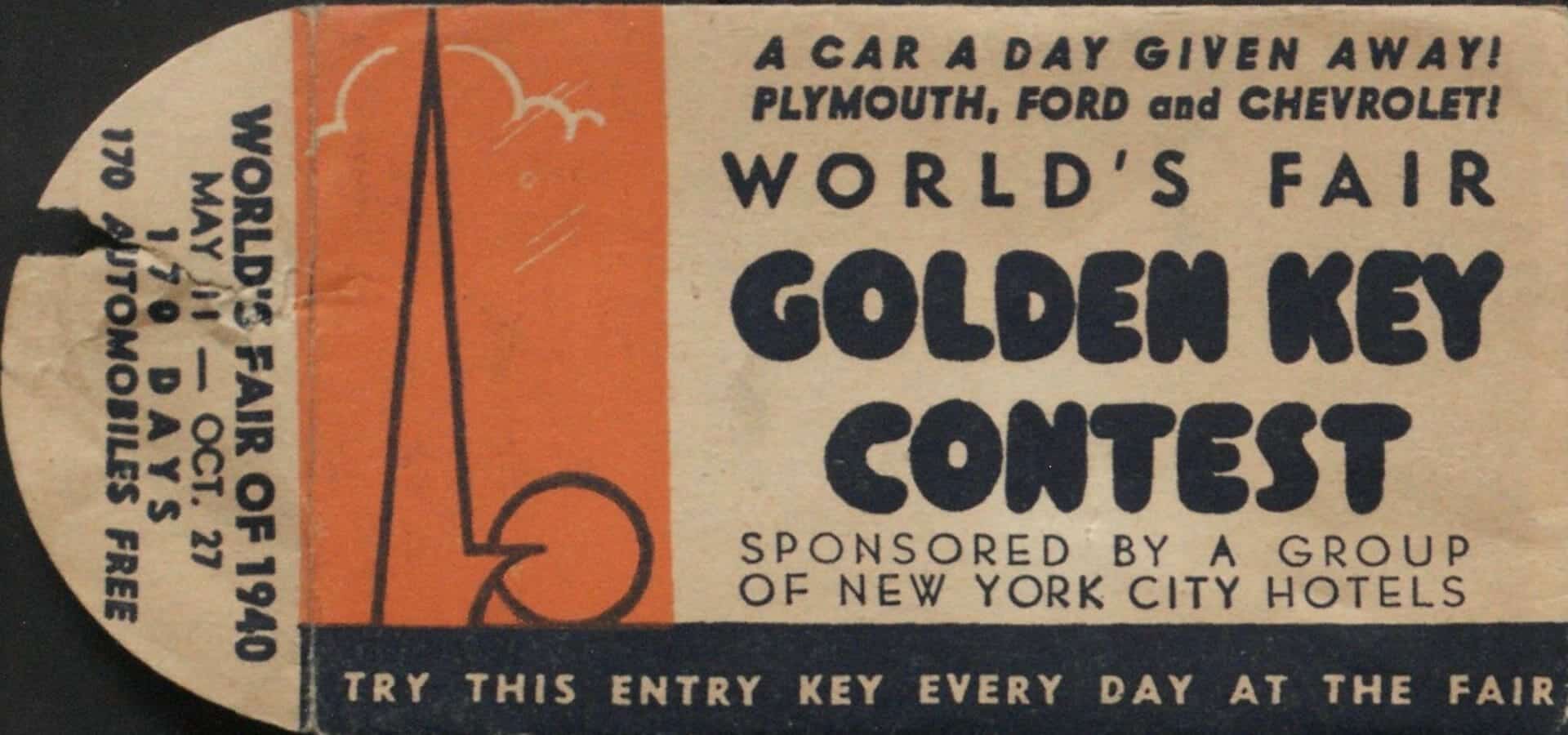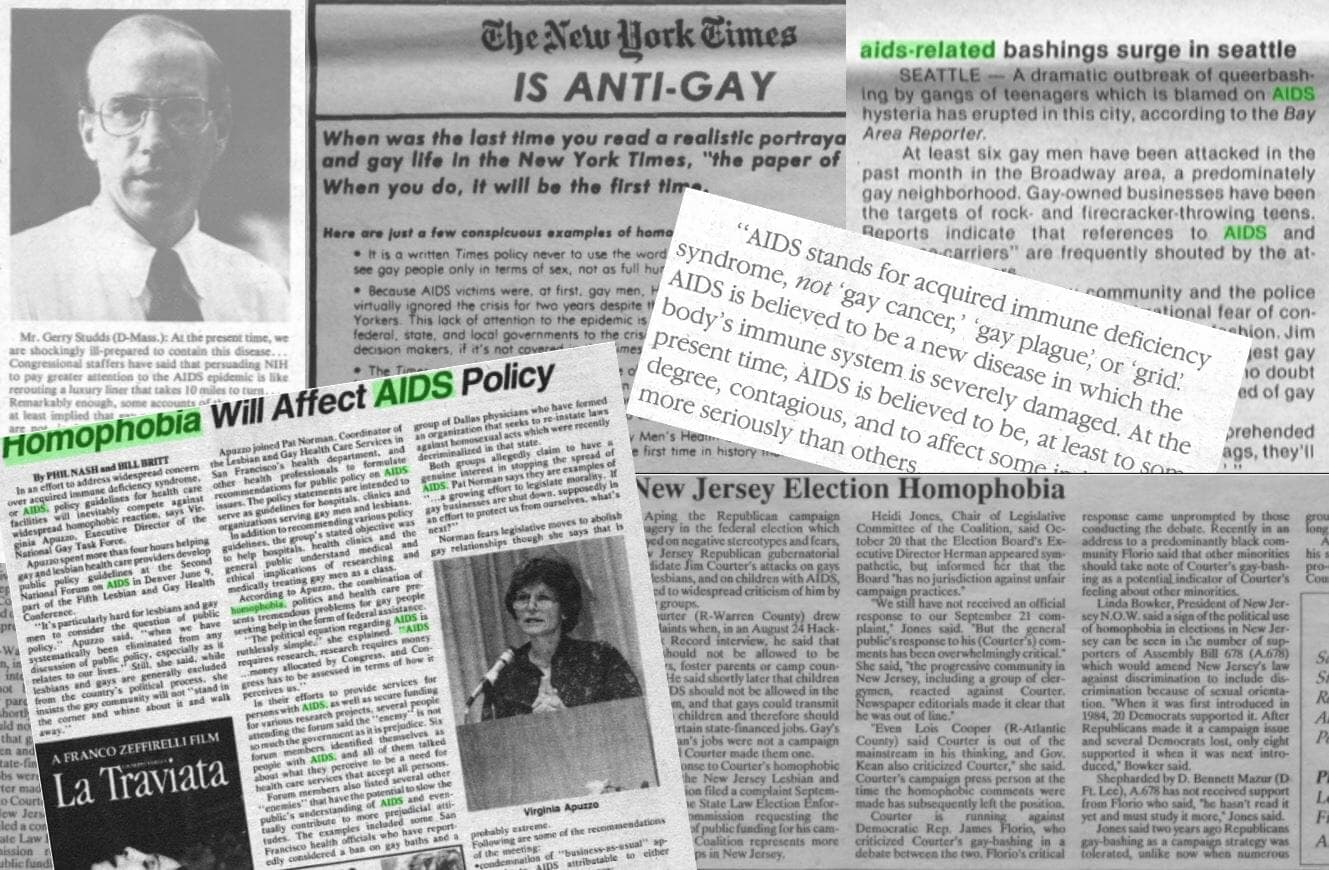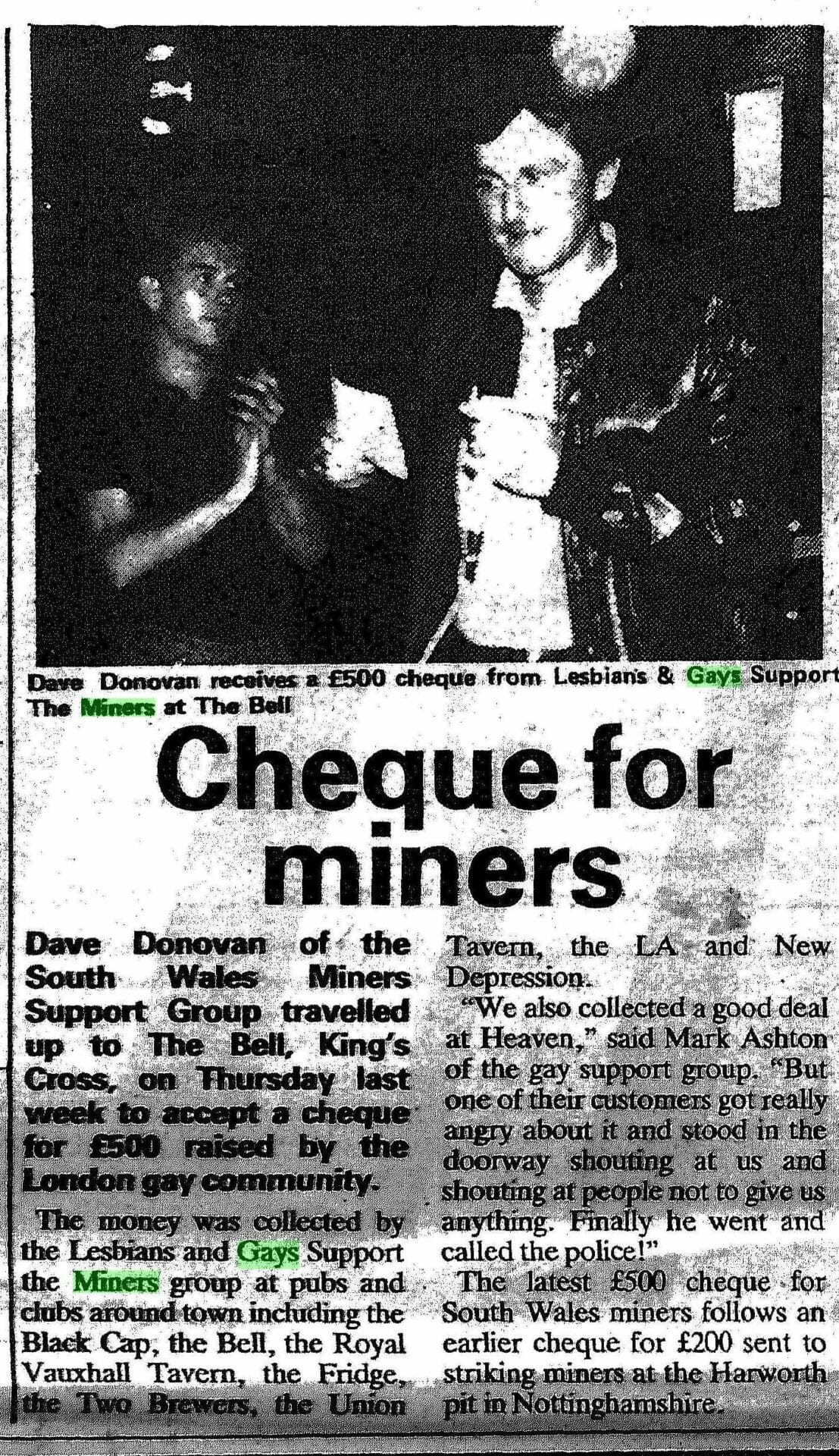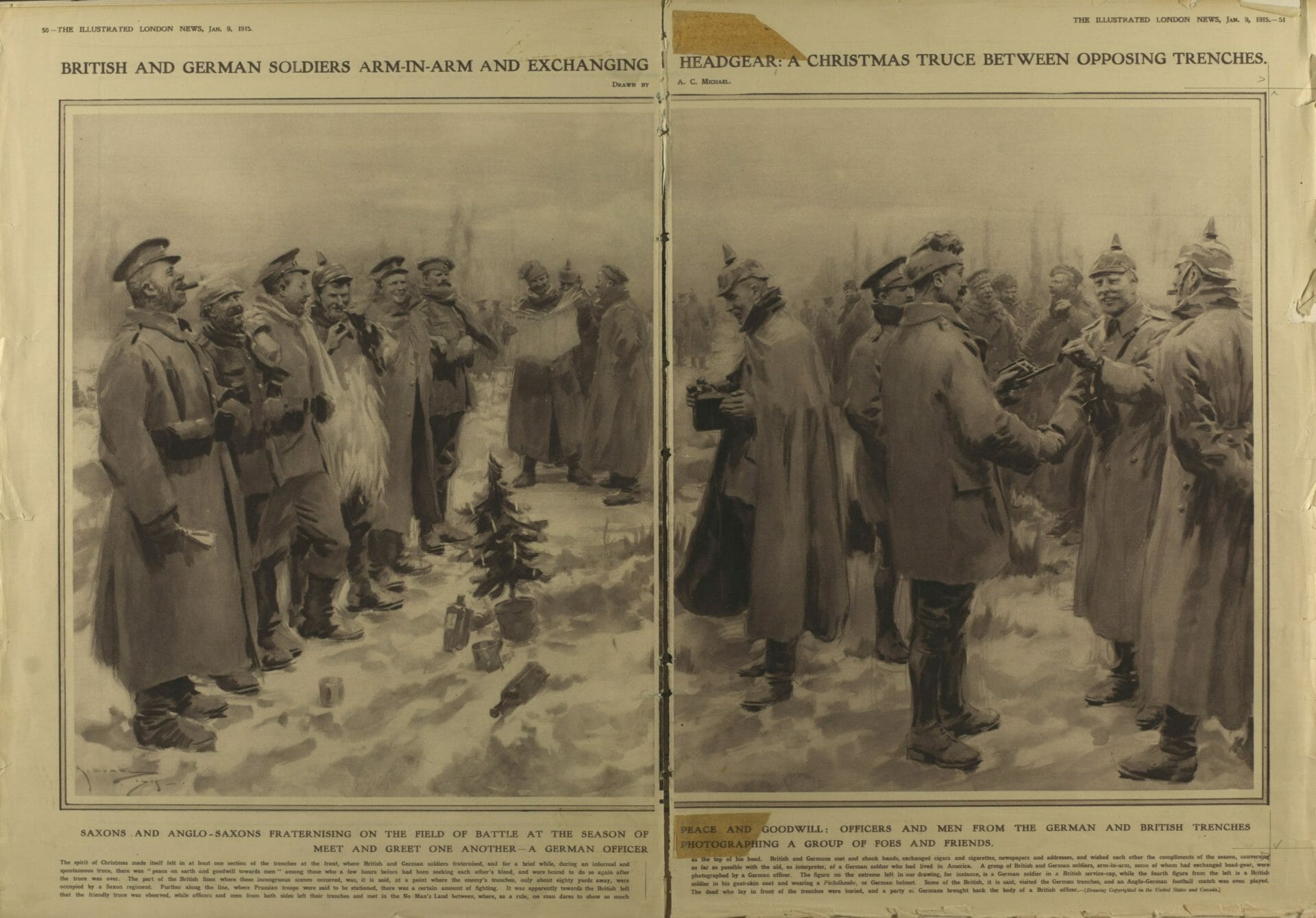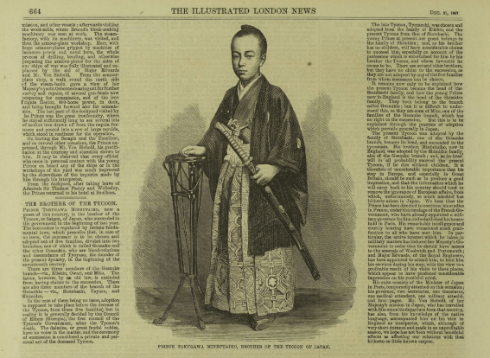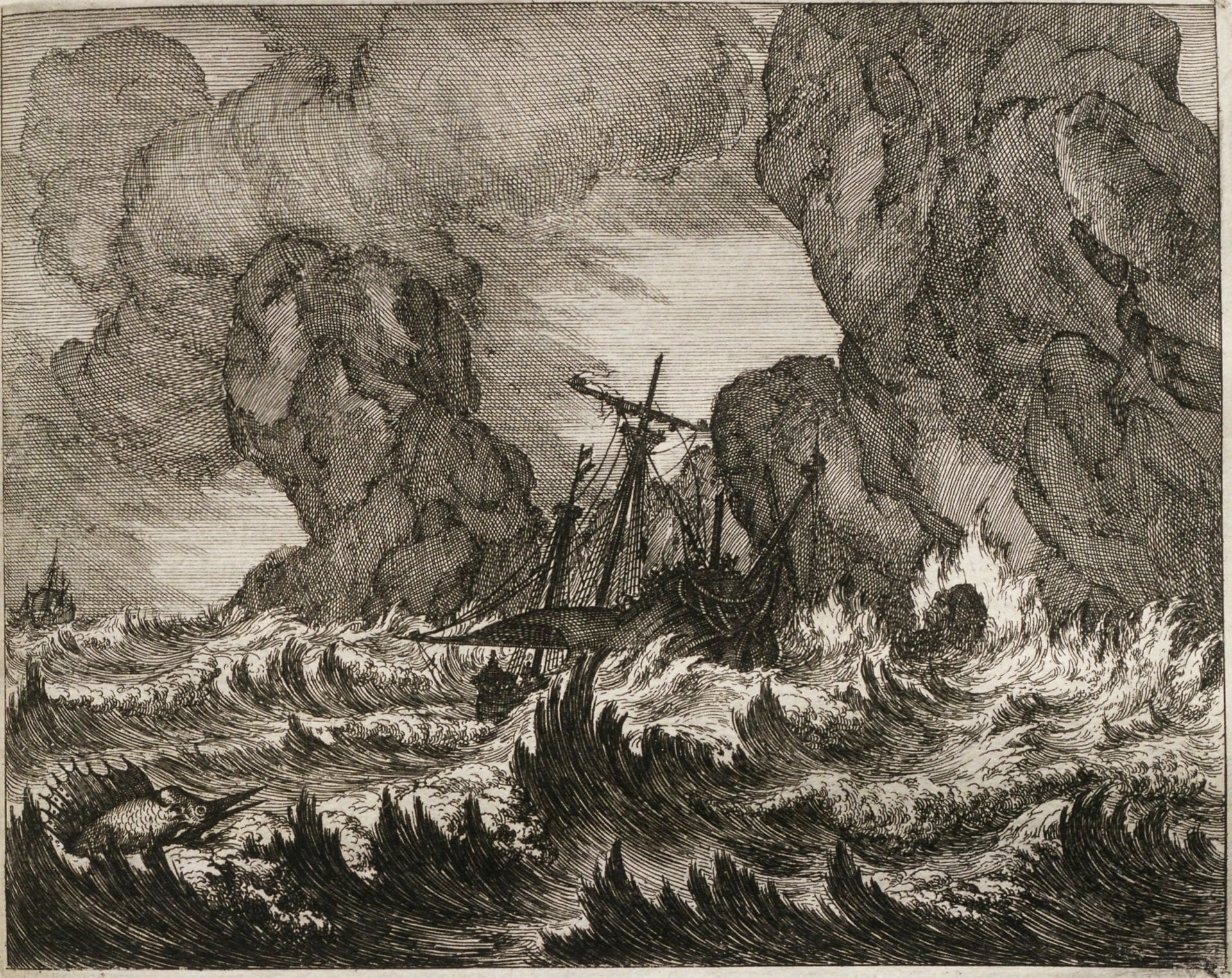Golf has a long and rich history, with countless books having been written on the origins and development of the game. But if a new history was to be written today with the help of Gale Primary Sources, how much would our knowledge be improved? My suspicion is that it would be improved a good deal, for even a relatively short period of research using Gale Primary Sources unearths thousands of interesting references to golf from the fifteenth century forward, many of which may never have been seen before. Here follows a select sample of the references to golf in the Gale historical collections that could potentially give us a better appreciation of the history of the game and the role it has played in society.
History
The World’s Fair Set to Return to the US!
By Kevin Kohls, Associate Marketing Manager – Academic, Gale USA
Earlier this month, US President Trump signed the “U.S. Wants to Compete for a World Expo Act” into law, setting the stage for Minnesota to make its case to host the Fair in 2023. If Minnesota is successful in securing the honor of hosting the World’s Fair it would be the first World’s Fair in the United States in almost 40 years. The last World’s Fair on US soil took place in New Orleans in 1984 and proved to be financially ruinous for the organizers. There was an attempt to bring the fair to Chicago in 1992 but the plan was cancelled before it ever came to fruition.
Amelia Earhart – Mystery Solved?
By Mark Mikula
History is a dynamic field of study. New discoveries and ongoing research often provide opportunities to learn new facts about the people and events that have shaped our world. One of American history’s long-standing mysteries regards the fate of the storied aviator Amelia Earhart, whose plane went missing in 1937 during her attempt to circumnavigate the world with navigator Fred Noonan. Various theories regarding her disappearance have been put forward, but a few years ago, a photograph was discovered in the National Archives that is being analysed to determine whether its subjects include both Earhart and Noonan on one of the Marshall Islands. If their likenesses can be confirmed, it will add credence to speculation that Earhart and Noonan survived after their plane went down.
50 years ago today: celebrating the anniversary of ‘Sergeant Pepper’s Lonely Hearts Club Band’

It was 50 years ago this week that The Beatles issued their ground-breaking album, Sergeant Pepper’s Lonely Hearts Club Band. The third biggest-selling album in the UK (and the top-selling when compilation albums are removed) [1] it remains one of the most influential and recognised albums 50 years after its release (although personally, I prefer Revolver). I took a look back through the collections in Gale Primary Sources to see what I could find out about this iconic album.
The Homophobic Response to the AIDS Crisis in the 1980s
|By Rory Herbert, Gale Ambassador at the University of Portsmouth|
During the early 1980s, AIDS became an ever-growing concern in the minds of Americans, and brought to the fore the deep-seated tensions and homophobic tendencies that plagued the nation’s media and political institutes. Gale’s Archives of Sexuality and Gender provides access to a wealth of sources that help us to understand the issues and struggles experienced by these long-oppressed and ignored members of society during a particularly trying period.
Lesbians and Gays Support the Miners
Written by Anita Klich, Gale Ambassador & contributor
Lesbians and Gays Support the Miners (LGSM) is considered one of the most important alliances in LGBT history. It saw lesbians and gays coming together in the mid-1980s to support British miners who were striking to prevent colliery closures. The strike was condemned by the government led by Margaret Thatcher. Some believe the alliance between the LGBT community and British working class was a turning point in the history of LGBT people and their existence within British society. I decided to find out how different newspapers described the strike and the alliance. Thanks to the Archives of Sexuality & Gender resource in Gale Primary Sources, available through Portsmouth University Library, I was able to find out how newspapers covered the strike, including what visuals they provided to support their coverage.
Australia’s 183-year Search for its Own Anthem
By Darren Brain, Sales Representative, Victoria, Tasmania, Western Australia & Northern Territory

On 19 April 1984, ‘Advance Australia Fair’ was proclaimed as Australia’s national anthem, following many decades of debate, disagreement and campaigns for change. I used Gale Primary Sources to research more about this topic, and experienced an entertaining and enlightening journey through Gale’s extensive collection of assorted British Newspapers.
‘God Save the Queen’ (or King depending on the gender of the British monarch) had been used on ceremonial and official occasions since the federation of Australia in 1901 (when the six British, self-governing colonies agreed to unite and form the Commonwealth of Australia). In our British Library Newspapers series, I found a number of examples in the early 1900s of interest in an Australian Anthem to compliment ‘God Save The King/Queen’ including the below examples from the gossip column of the Nottingham Evening Post.
Newspaper Coverage From the Christmas Truce 1914
“Every infraction of this order will be punished as treason”: the fallout from newspaper coverage of the ‘Christmas Truce’
Over Christmas in 1914, one of the most extraordinary and civilised moments of the combat on the Western Front happened: the press dubbed it ‘the Christmas Truce’, an event to modern eyes so inexplicable and contradictory to our perceptions of war that it seems it almost cannot be true.
The Paris International Exposition of 1867
In the December 21, 1867 issue of the Illustrated London News there appears a striking full-length portrait of a samurai. He is neatly dressed in formal kimono, his left hand holding a sword and his right hand resting on a stool, calmly gazing towards the viewer. Something is odd about this picture, however: the sword looks too large for his body, his forehead too high, and his entire stature seems rather diminutive, even for a Japanese.
Wouter Looes and Jans Pelgrom: A Dutch Stake in ‘Australia Day’
Television advertisements in the lead up to Australia Day on 26 January 2017 have been telling the Australian people to celebrate the day “how you want to”. It is an interesting message from the Australian government. A typical Australian reaction to it might be to ask, if now we are to celebrate it how we want to, what was the prescribed method beforehand? Another broad section of the community might wonder whether the day has ever been celebrated at all – isn’t it just another public holiday? But, taking it in good faith, clearly this message is intended as an open and friendly acknowledgement of the fact that, for many of the people of Australia in 2017, Australia Day is not what it once was. Although the Queen of England remains our constitutional head of state, in today’s multi-cultural, multi-faith community the observance of Australia Day as a celebration of its anniversary is becoming more marginalised every year. The fact is that, quite apart from the ancient claim of the aboriginal people, many countries and cultures can say they have had a part in the creation of modern Australia. Some have done so during the 20th and 21st centuries with contributions to culture, cuisine or the arts. Others have done so by virtue of a particular historical incident.

